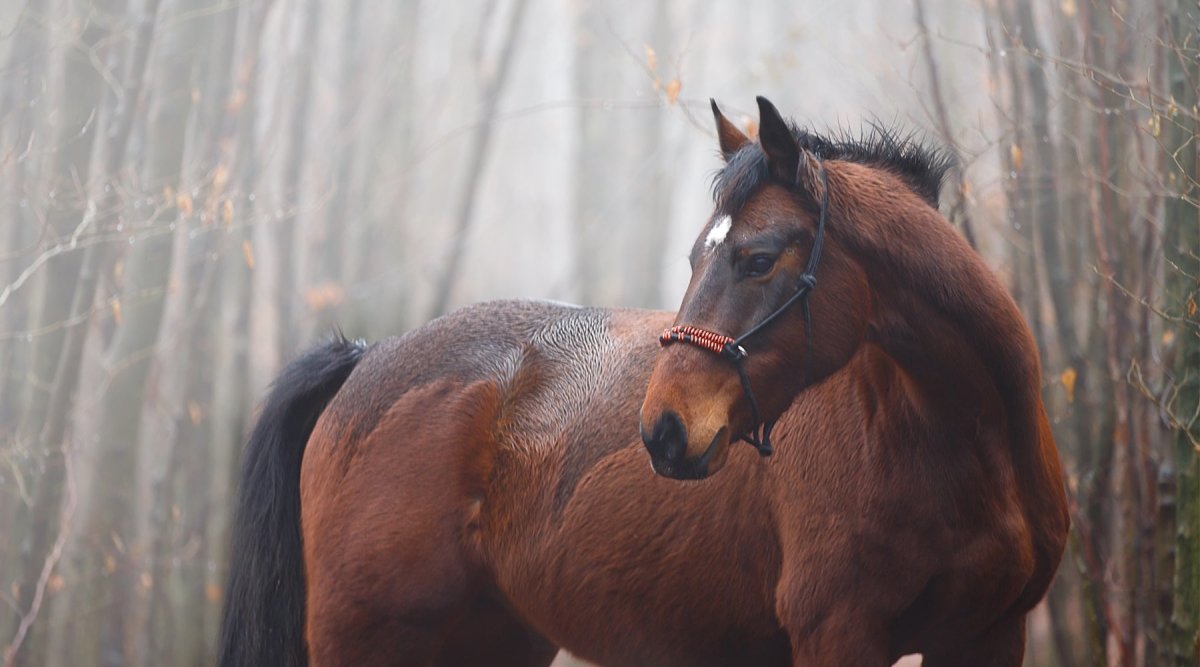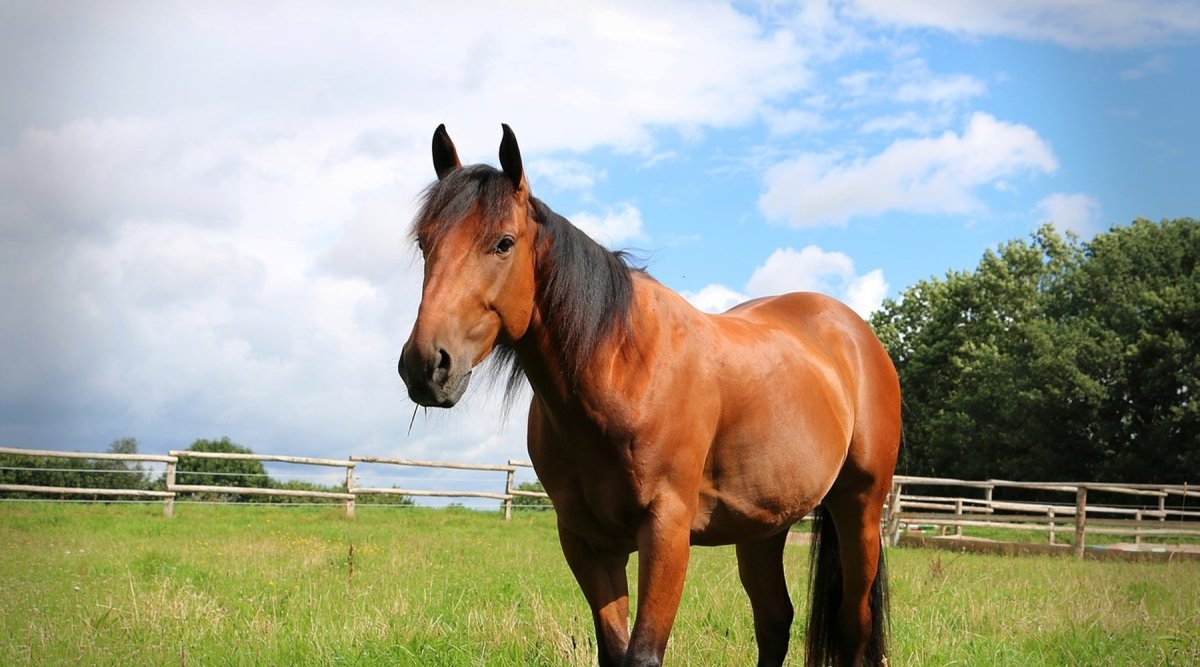A few things should be borne in mind when breaking in horses. Young animals need to slowly get used to the weight of a rider.
If you want to break in horses, they are usually not senior horses, but young animals that first have to get used to walking under the saddle. Breaking in a horse means that the flight animal must first undergo thorough training. It is only broken in when it is sufficiently grown up and able to cope with the strain. This usually happens at the age of three to three and a half years, as the horse then has a resilient nervous system. When breaking in horses, the focus is on the interaction between humans and animals. As a foal, the noble animal is already accustomed to grooming, hoof trimming and leading. At a later stage, the trusting touch of the rider and familiarization with the stable are essential. In order to be able to break in a horse without any problems, you should start with ground work. This is the first step towards building trust between the rider and the horse. Step by step, the animal learns to have the necessary respect for its future rider. Before the horse is even broken in, it has learned to yield to light pressure in a willing manner in connection with ground work. This is done in a playful way by leading the horse by the halter. Letting the horse run in the riding arena also contributes to this measure before the planned breaking in. However, you don't have to be a professional to be able to break in a horse yourself. The first requirement is not to be afraid and to have a well-balanced, supple seat. Horse lovers dream of being able to break in their horse themselves. This is at least possible with the right support. The advantage of breaking in independently is knowing what experience the horse has had during the breaking-in process. Every animal is different, but if it has already experienced a trusting relationship with its owner at foal age, breaking in is not a problem. But before the owner gets into the saddle for the first time, some preparatory work has to be done. You take the animal out of the stable and start by grooming the horse. This is followed by trimming the hooves. Once you have completed the two familiar rituals with the horse, you can continue with the lunging. It is advisable to start by simply hooking the lunge line onto the halter and leading the horse out into the arena. A round pen is an even better option, as this is the quickest way for animals to learn what humans want from them. In some cases, a helper is needed to lead the horse onto the circle and walk close behind the horse with the whip. At least until the horse has understood exactly what it is supposed to do.

Breaking in a horse - getting used to the equipment and lunge line is important
If a trainer is to break in a horse, he must ensure that the animal has first become accustomed to the equipment and lunging. This is the basic prerequisite for breaking in a horse. The trainer will gain a personal impression of the animal based on their own experience and will use this to determine the time and procedure for breaking in the horse. If he considers the time is right, the most important points when breaking in the horse are putting on the bridle and putting on the saddle. If the horse is nervous, it will be restless when the saddle is put on and may even start to buck. Getting used to the saddle, stirrups and girth is the prerequisite for being able to break a horse in gently. Patience, experience and a sure instinct are essential when breaking in a horse so as not to cause permanent damage to the animal. Introducing the horse to lunging helps considerably as a preparatory measure in order to be able to break in a horse smoothly. When lunged, the hoofed animal practises keeping its balance at a walk and trot. Afterwards, canter and the correct reaction to the whip and voice are practiced. Initial lunging should not exceed 30 minutes. The trainer recognizes the maturity of the animal by various characteristics. If the horse is calm in its movement and a certain amount of suppleness in the lunge, the time has come for the horse to be broken in. If it stands on the lunge and accepts the triangular reins and bit, the preparation for breaking in the horse has definitely been successful.
Mounting and breaking in when breaking in a horse
Mounting is of great importance when breaking in a horse successfully. Experience and skill are essential. For the first time in its young life, the young animal feels an unfamiliar load on its back. This may well lead to a brief moment of shock. Now the horse has to learn to lift and balance the rider's weight. The entire musculature is used in the process. In this respect, the first mounting should not be undertaken by a heavy rider. If you want to break in a horse, you also need to be saddle fit. It is advisable to have two helpers when breaking in a horse. The helpers carefully lift the rider by the lower leg and hold the lunge line. The person who wants to break in the horse begins by slowly lying over the saddle in a standing position. After some time, the rider gently slides down. If the horse does not show any symptoms of stress by then, you can safely continue with the breaking-in process. Now you can start with the actual mounting by straightening the upper body and assuming the sitting position. If the animal seems restless or nervous, you need to be even more patient, take a break and start mounting again. Sensitivity, patience and caution when breaking in a horse always pay off. If the mounting works perfectly and the animal does not buck, the horse can be broken in. It will walk or trot confidently with the rider on the lunge line.





